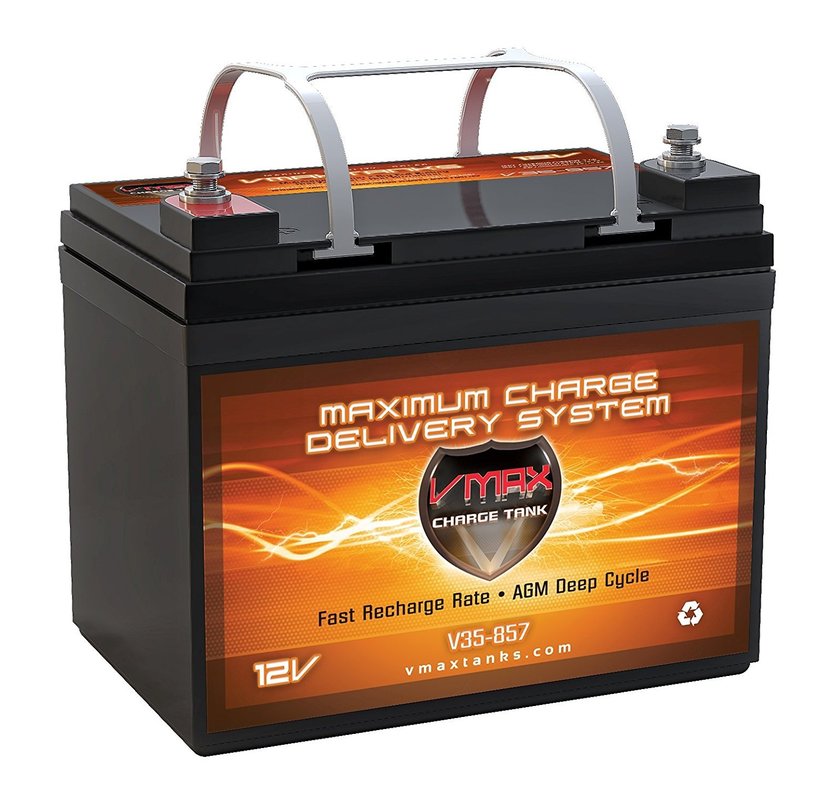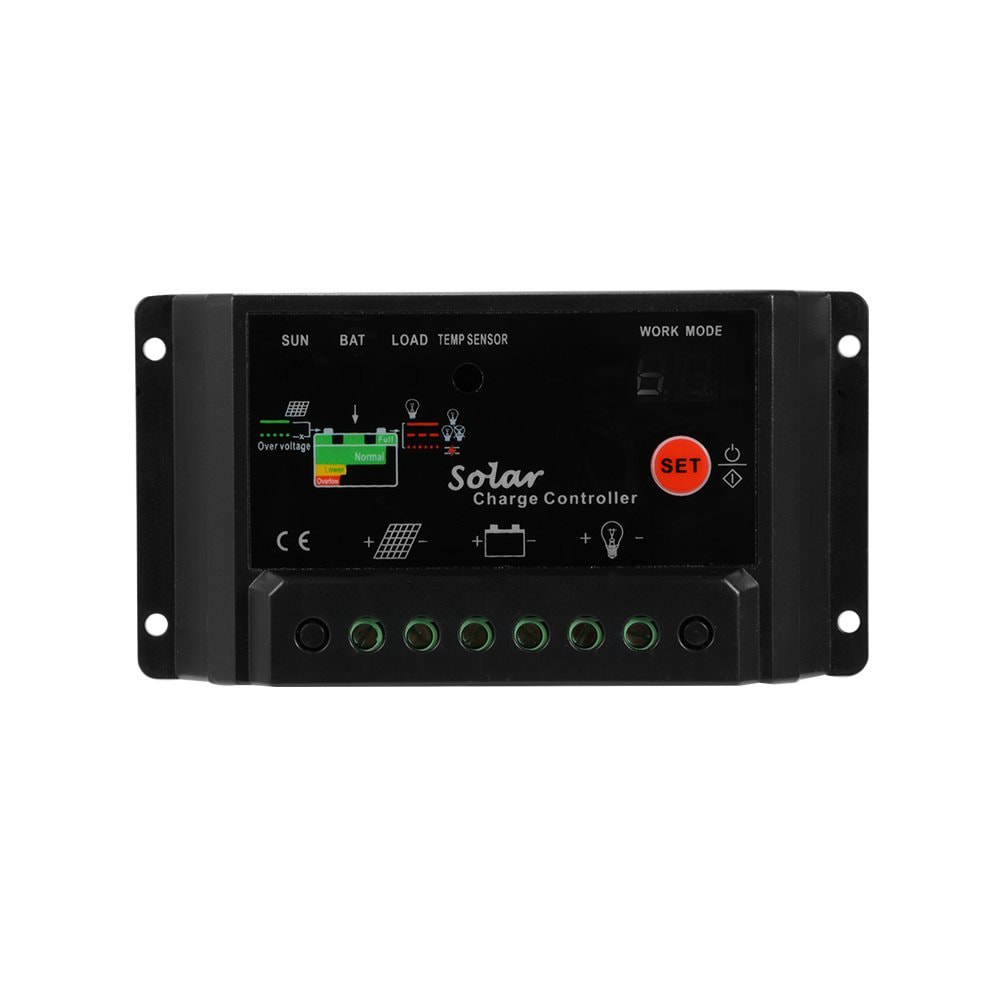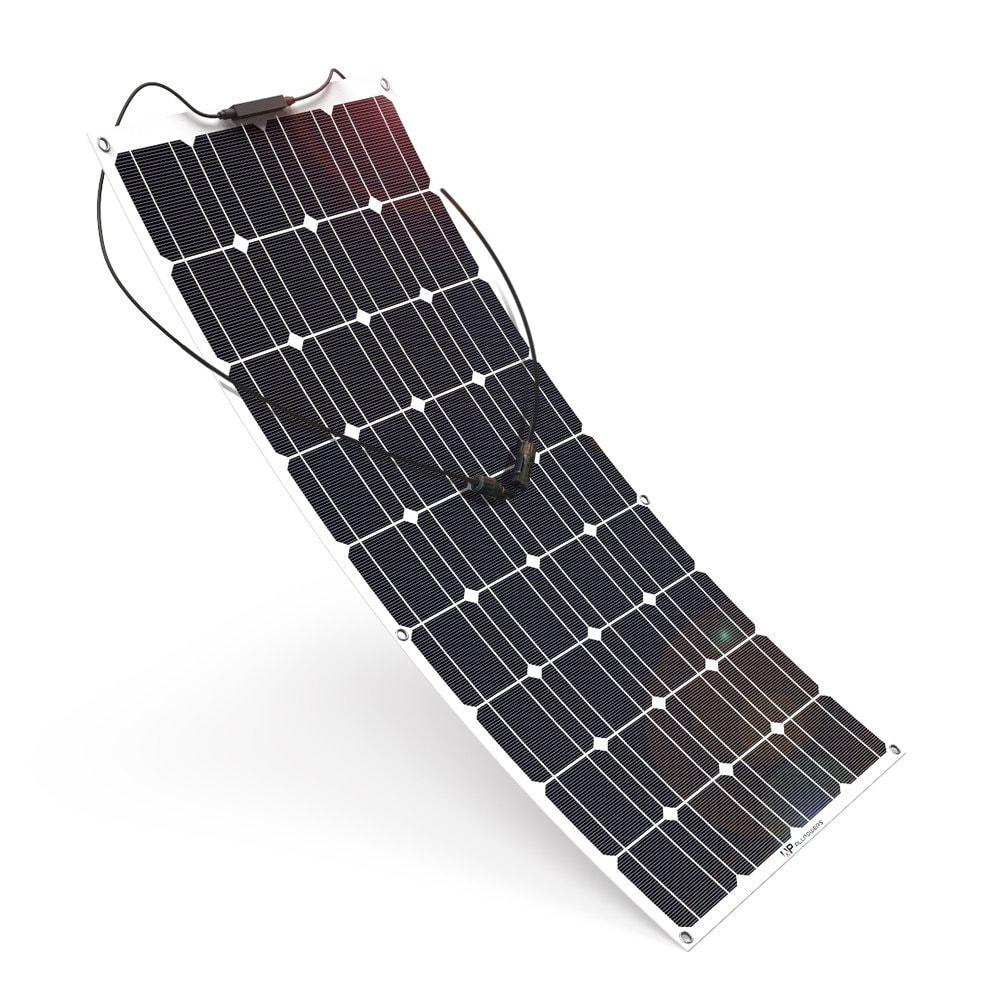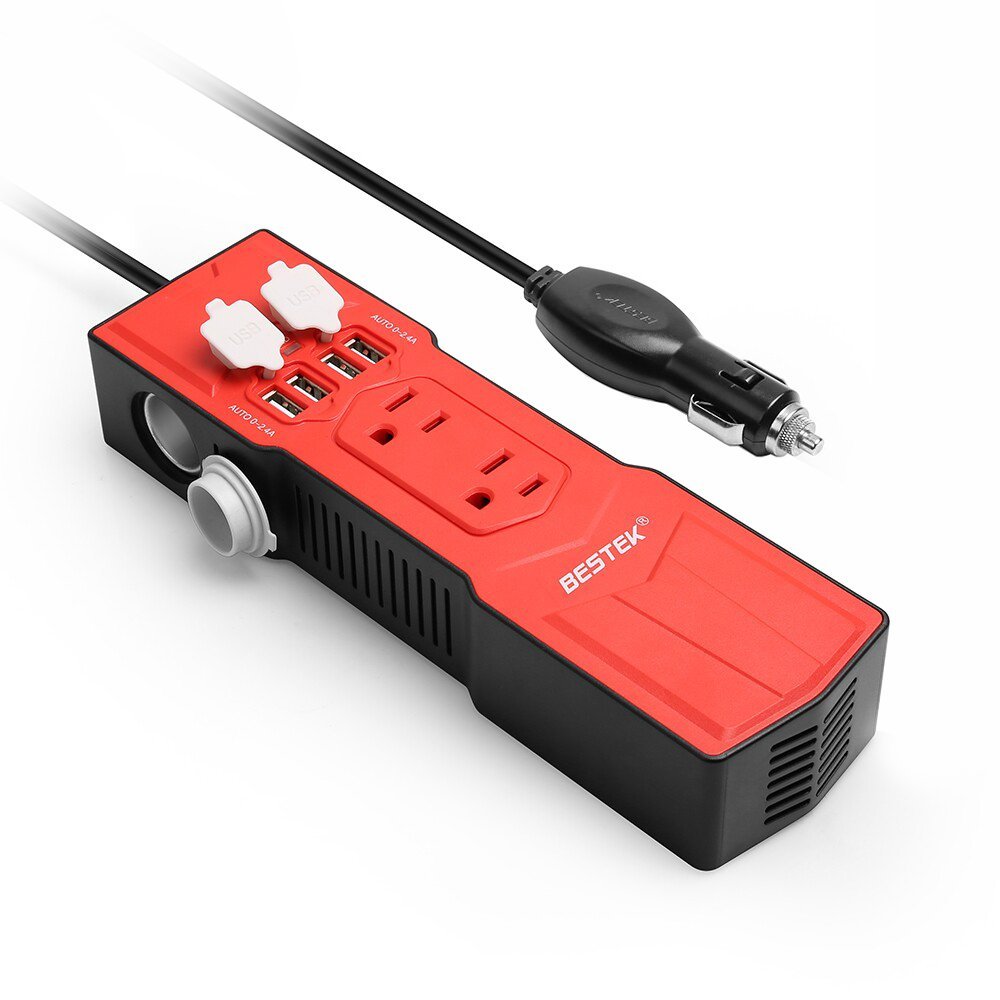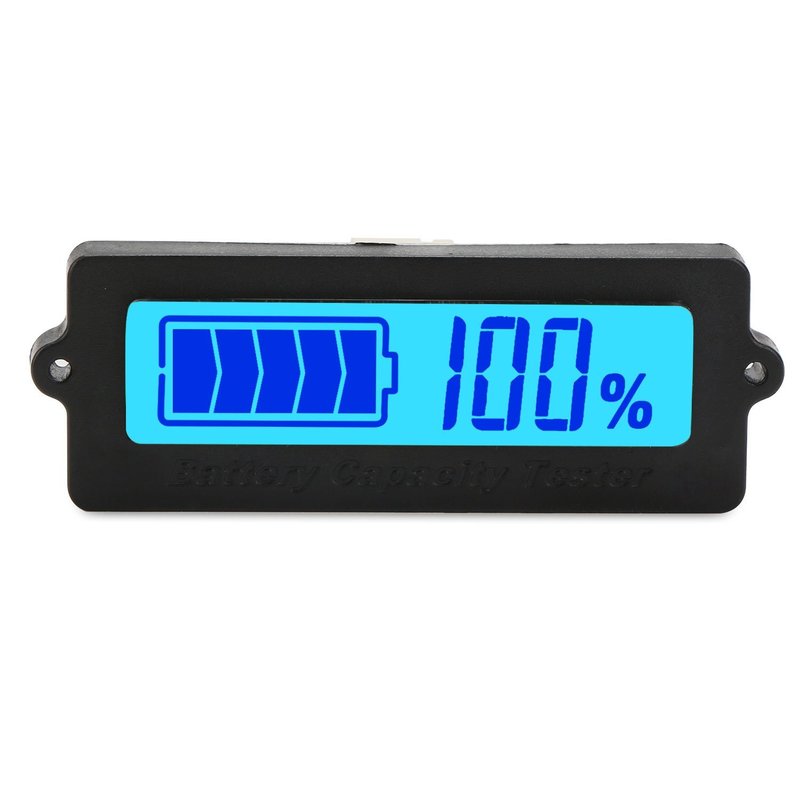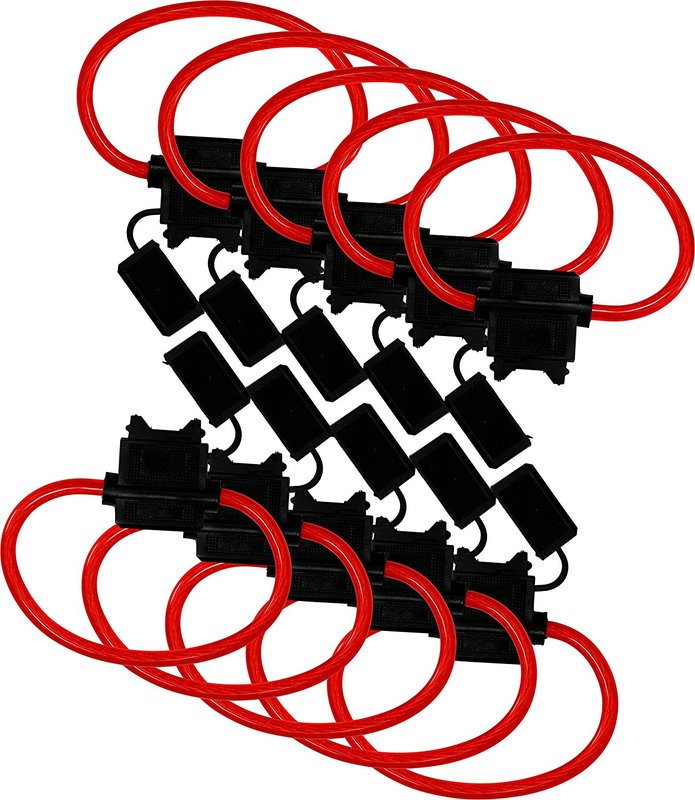Minivan Camper Solar Power System
When it comes to outfitting a minivan with a solar power system, you have three major considerations:
I realized that the most important appliances that I used everyday were:
The biggest consumer of electricity in that list above is my large fans, and my laptop. These I use during the day, when it is sunny out. The fans are typically used more when it is sunny out (to cool down). When it is sunny, I have more solar power...
So instead of building a system with a large battery (which is typically recommended) I experimented with multiple configurations till I came to the configuration below. This system can power or charge most appliances when it is sunny out, and has enough battery capacity to run some LED lights all night long. Another benefit of this system is cost: solar panels are cheap, but batteries are not. Having a small battery with just enough capacity to run some lights and a laptop every night, is all I really need. This drastically reduces the overall cost and size of the system.
- Weight of the battery bank
(you do not want to carry 100+ pounds of lead acid battery everywhere you go) - Aerodynamics of the solar array
(you need flexible solar panels) - What you need to power
(what you think you need, and what you actually use)
I realized that the most important appliances that I used everyday were:
- Laptop
- Lights
- Fans
- Phone/tablet chargers
- Portable power tool chargers
The biggest consumer of electricity in that list above is my large fans, and my laptop. These I use during the day, when it is sunny out. The fans are typically used more when it is sunny out (to cool down). When it is sunny, I have more solar power...
So instead of building a system with a large battery (which is typically recommended) I experimented with multiple configurations till I came to the configuration below. This system can power or charge most appliances when it is sunny out, and has enough battery capacity to run some LED lights all night long. Another benefit of this system is cost: solar panels are cheap, but batteries are not. Having a small battery with just enough capacity to run some lights and a laptop every night, is all I really need. This drastically reduces the overall cost and size of the system.
What I recommend:
(I Make A Commission For Purchases Made Through The Links Below)
|
35 amp hour lead acid deep cycle agm sealed battery. Works well. Great charge and discharge rate and can handle 200 watts of solar, and no more. It weighs 27 pounds, but is extremely tiny. If you put two of these in parallel, you can double the capacity. Be sure to put a fuse on the positive terminal.
Click here to see a cheap price |
|
Solar charge controller I am using. I always recommend using a MPPT charge controller, but for this small of a system, it doesnt matter much. This charge controller works well and I have put it on multiple systems. I tested it with some watt meters and it is 75% efficient, which is 5% more than others. There is some quality control issues in the reviews, but if it works the first day, it will probably work well for years. Be sure to attach it to the battery first, then the solar panels.
Click here for a cheap price Note: I recently upgraded to a 20 amp mppt charge controller and it is amazing! Click here to see what I use |
|
2x 100 watt mono flex panels. I have had a few of these flex panels fail, and this one has held up. You still need to cool it by making some airflow under it. But you still want your vehicle to be aerodynamic. What I do is use a strip of VHB tape on the leading edge and trailing edge of the panel, and slip some thin dowel sticks under the panel. This gives it a decent amount of airflow. If you have a roof rack you can mount it, you can use that, and the panels will stay cool, but roof racks are not that aerodynamic. It is ideal to flush mount.
Click here for a cheap price |
|
Really awesome little 200 watt inverter. I use it to power all sorts of stuff! I also use it to charge a lithium USB battery bank. Hardwire it to your system for the best efficiency. Standby inverter power usage is 5 watts (I tested it myself).
Click here for a cheap price |
And this is how you put it together:
How to upgrade this system:
After a few months of using the system for a few months, I have upgraded a few components:
- Doubled the battery capacity. So I am using 2x 35 amp hour batteries
- Upgraded the solar charge controller to a 20 amp MPPT charge controller (click here to see it)

